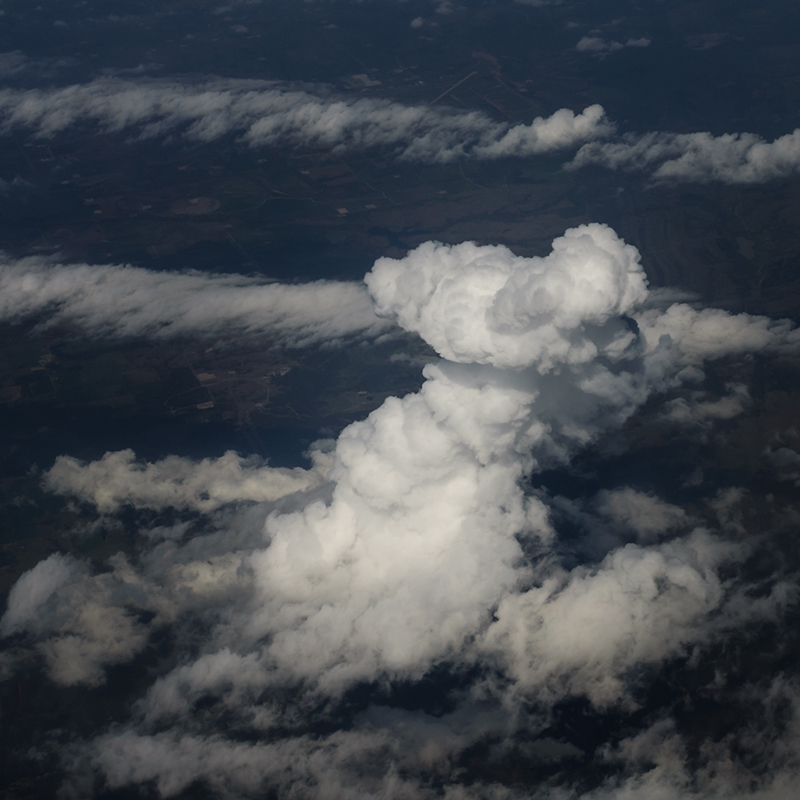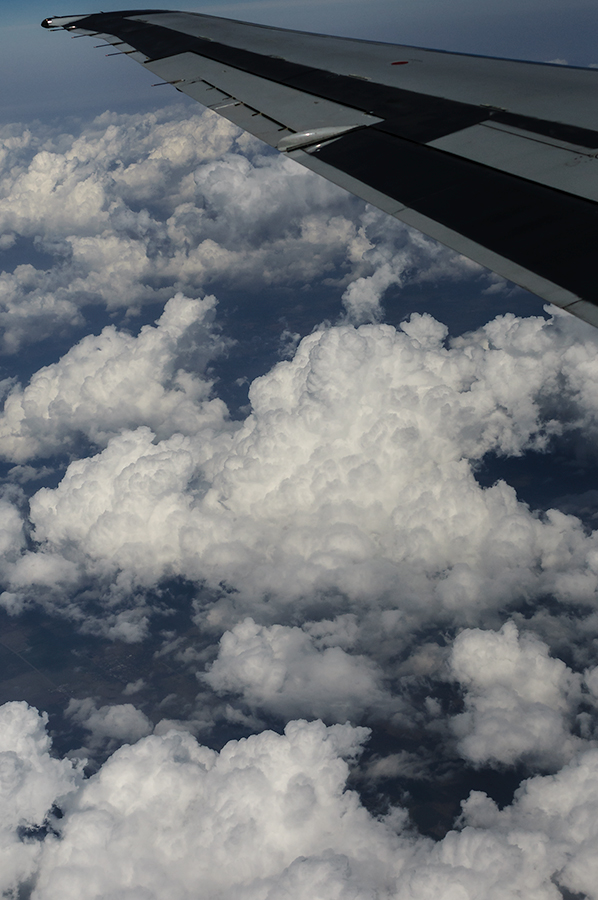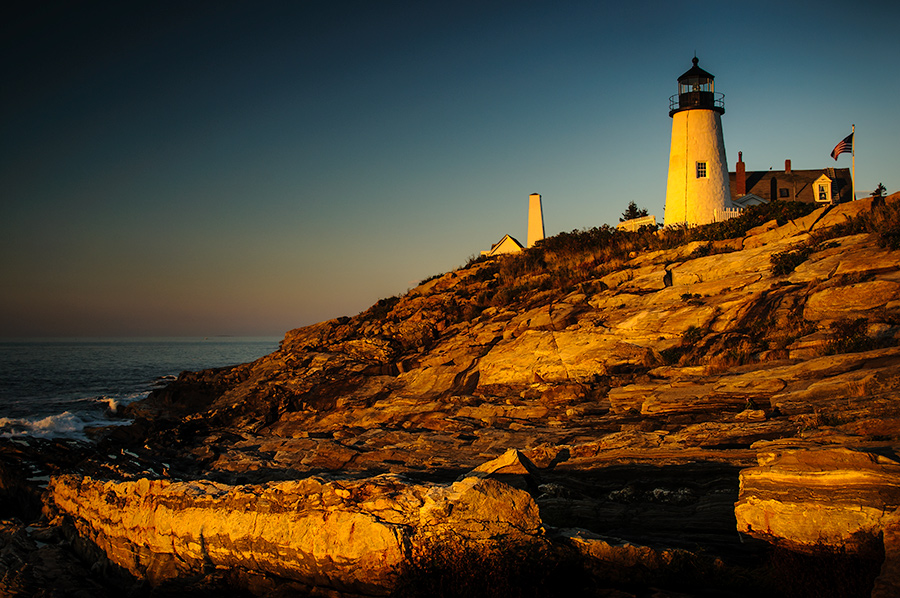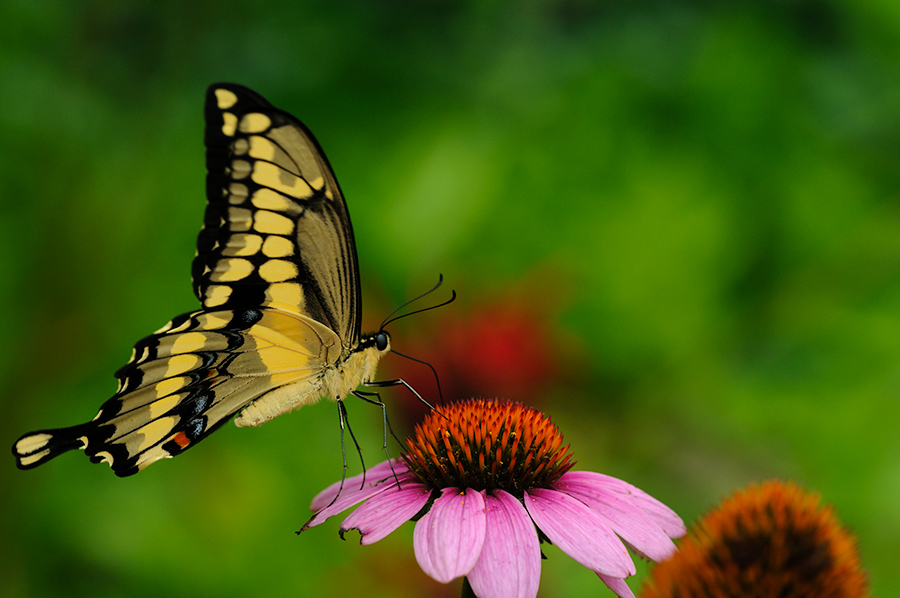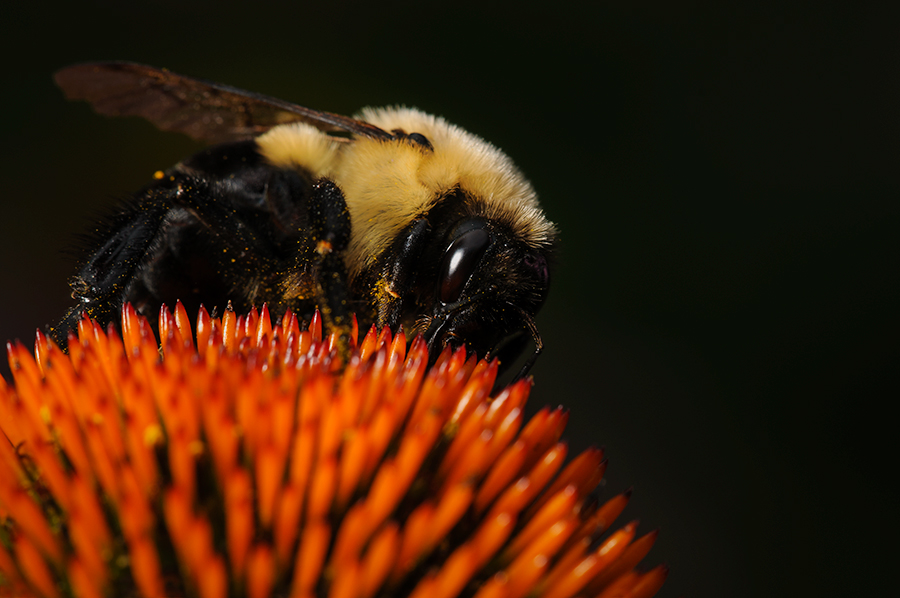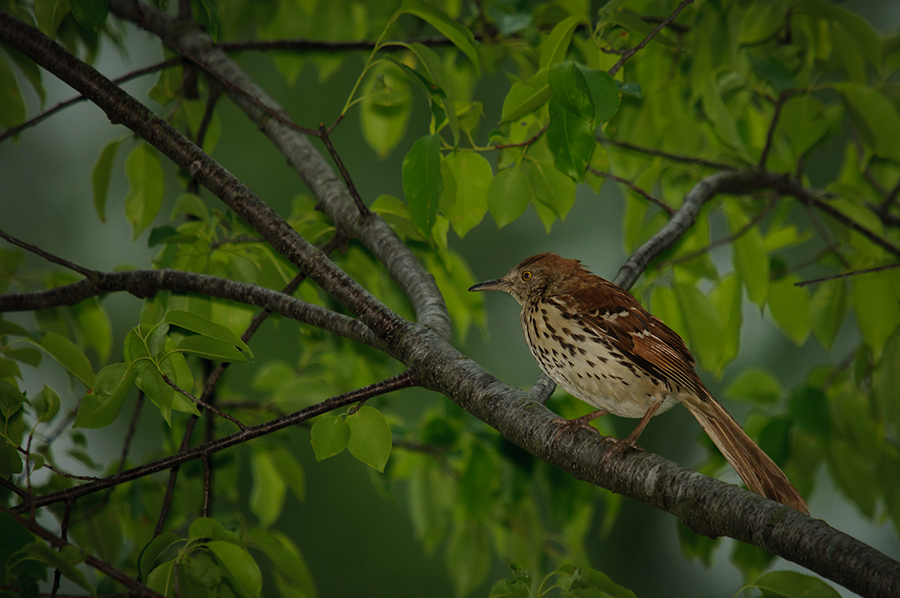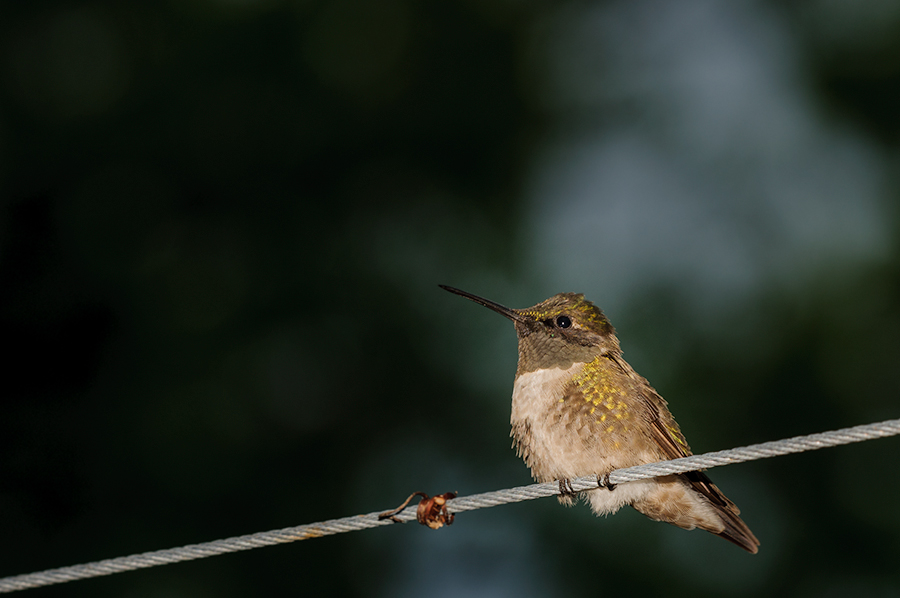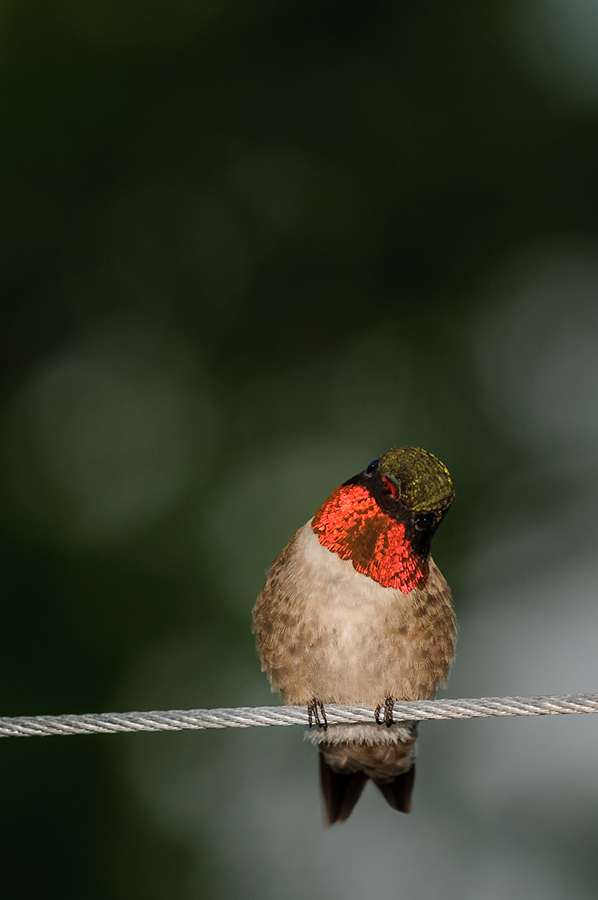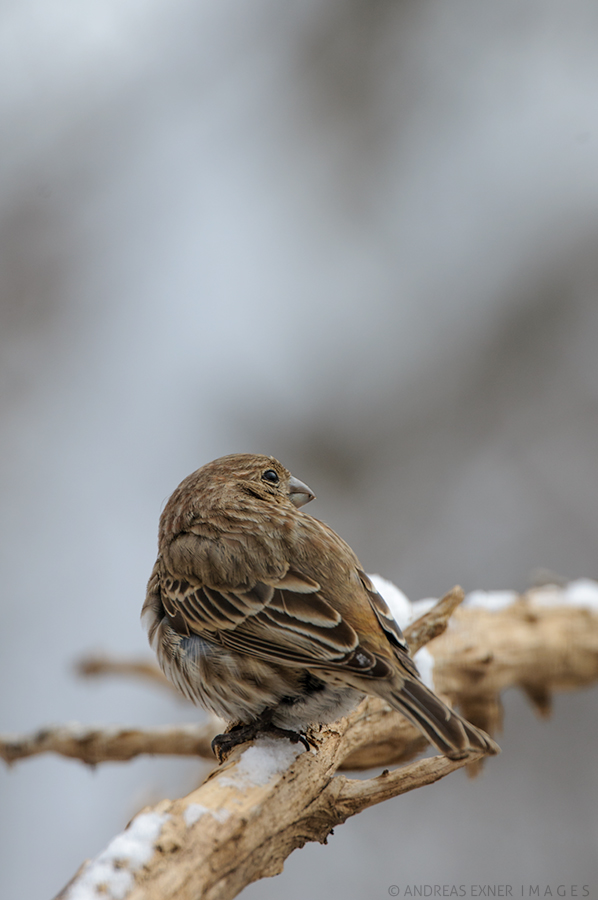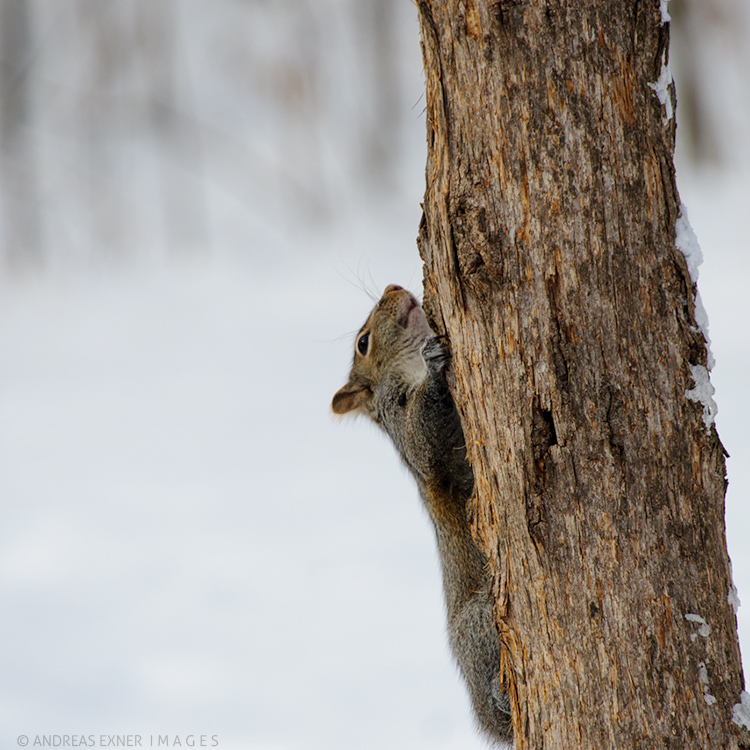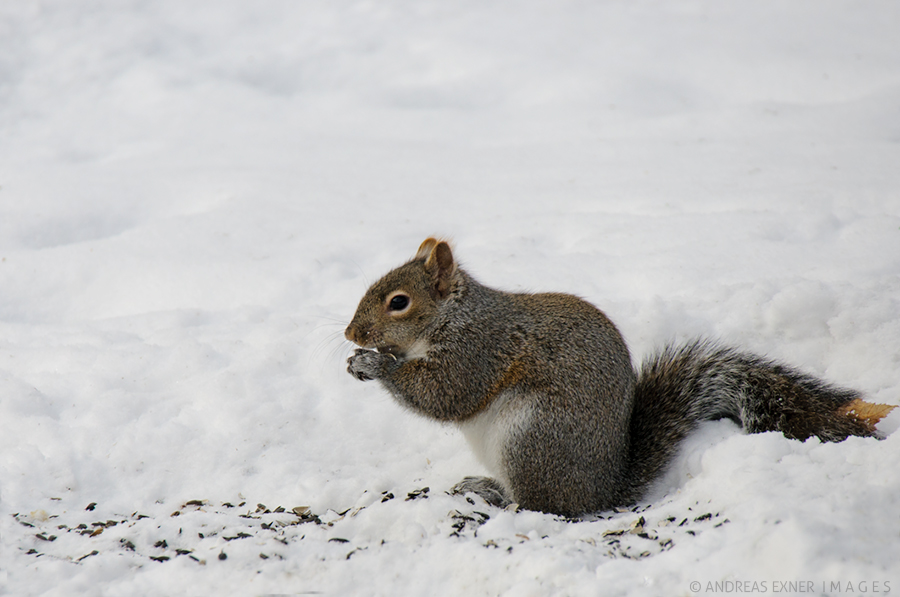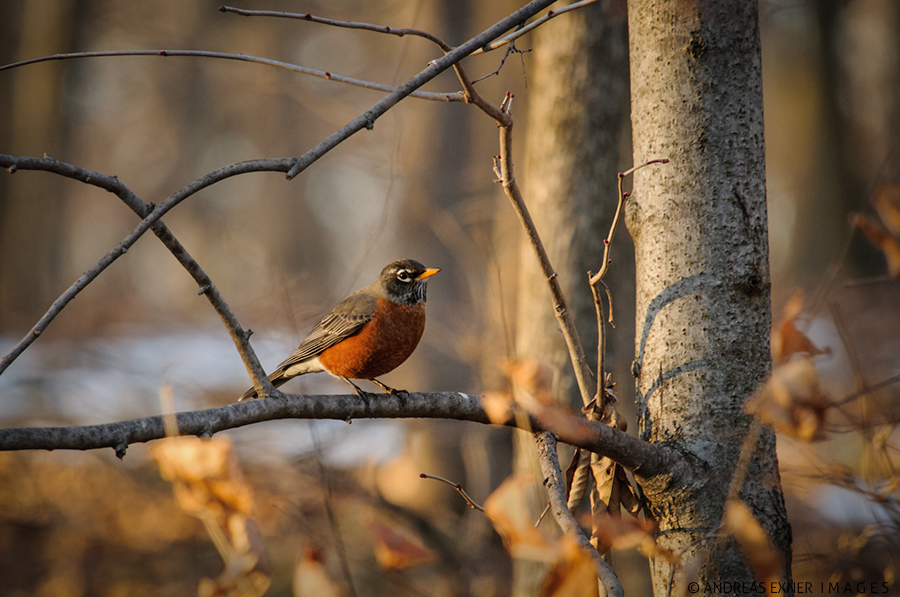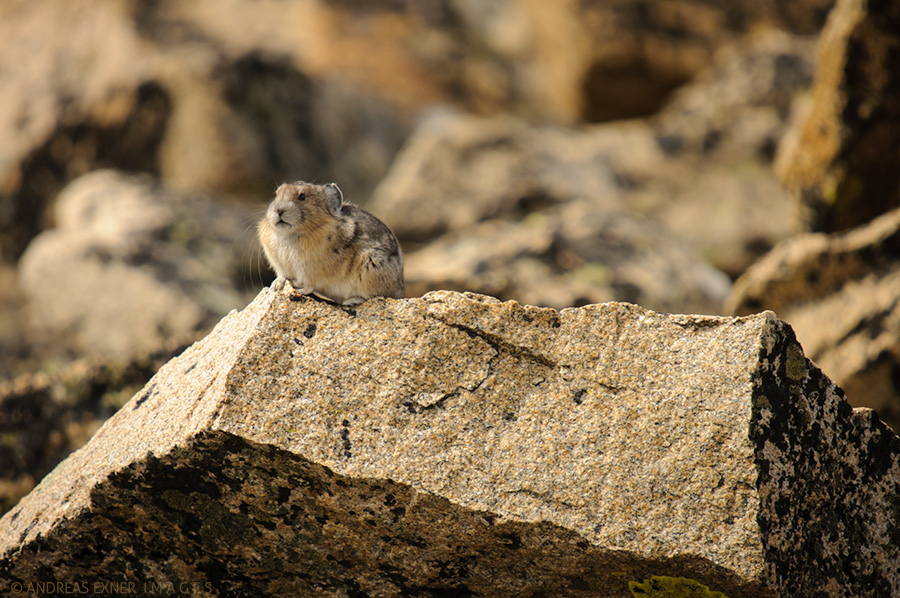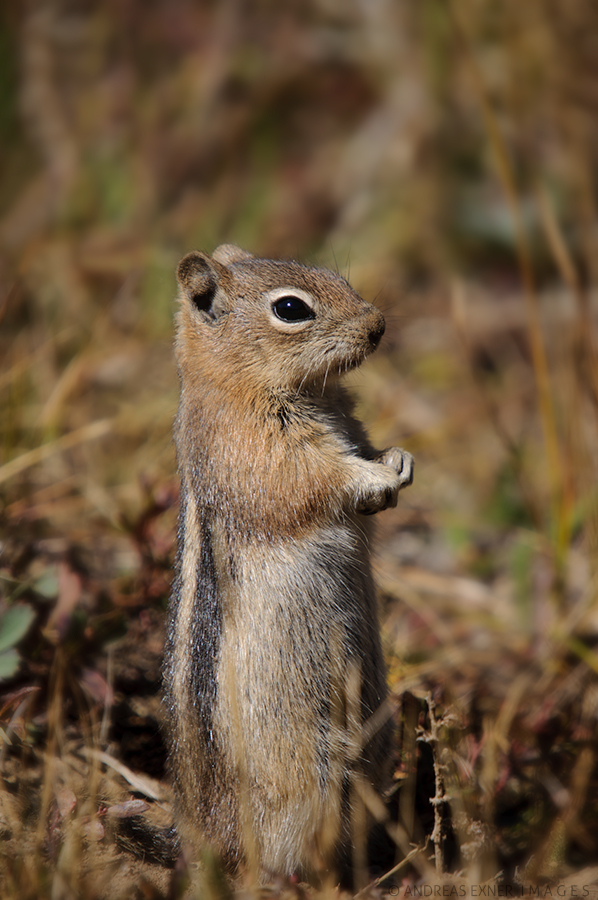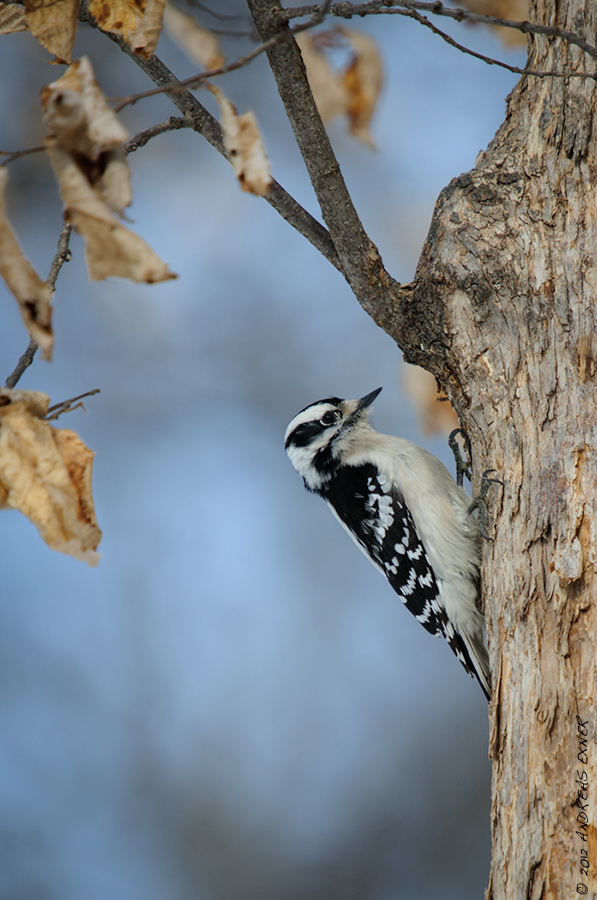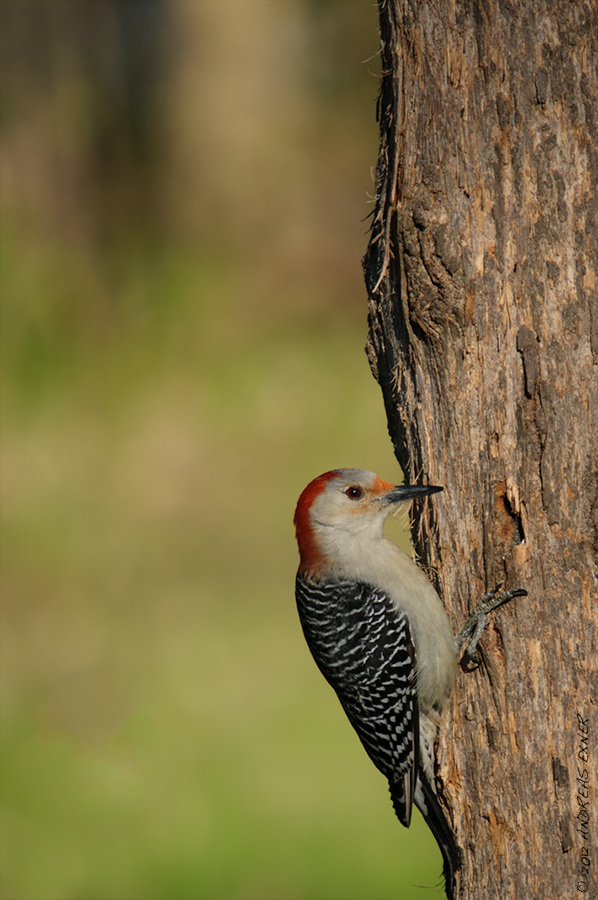
Sometimes I become frustrated if the results of my wildlife photography don't reflect what I saw through the viewfinder. It is always easy to blame the gear, in particular the lens. I can tell you, I had a long learning curve with my "work horse", the SIGMA 50-500mm / f4.5-6.3 APO DG HSM. I wrote a post about this lens shortly after I bought it more than two years ago. This post is the one that received the most clicks in my blog up today. It tells me that a lot of other photographers consider to buy this lens. Today, several ten thousand clicks later after I bought the lens I believe I have a much better feeling what this lens can do for my photography and where the limits are. I like to share my thoughts with you and if it helps you to make the right decision what lens to buy I will be happy.
First let me remind you, I do not own the Sigma 50-500 with optical stabilization (Sigma calls it "OS"). This feature came out shortly after I bought mine. You probably will have a benefit by having image stabilization, especially if you try to handhold the lens without any other support. Second, I like to mention that my blog is free of advertising and that I don't get a penny for writing good or bad things about Sigma or any other brand. And last my experience with this lens is mainly based on wildlife photography. A sports photographer may have different things to say.
Here is what I gained during the last couple of years:
- The SIGMA 50-500 is a heavy lens. If you plan to walk around for long periods of time with your camera and this lens attached and if your physical strength is limited, this may not be the right lens for you. There is a reason that it is called "The BIGMA".
- The lens is robust built. It does not have a cheap "plastic feeling". The zoom and focus rings work smooth and have a good resistance for fine tuning. The zoom can be locked at the 50mm focal length but as soon it is unlocked the lens will creep all the way to 500mm if carried vertical. A rubber band (O-ring) over the gap between zoom ring and lens barrel helps to prevent the lens creep.
- The tripod collar is sturdy and much better than on a Nikon 80-400 I had tried before.
- The lens hood sits very stabile and doesn't fall off as seen on other lenses I own.
- The Sigma 50-500 needs a very good support for shooting wildlife. The first few months I mounted it to a KIRK ball head on top of my tripod. I do not recommend this. My results improved tremendously after I started using a gimbal head for the lens. I now use an INDURO GHBA in combination with the KIRK BH3 ball head. A much more expensive gimbal head will be most likely even better. However, the GHBA works well for me and you don't have to break the bank.
- A good and stabile tripod is essential. Don't blame the lens if you work with a set of tripod legs that is not designed for this kind of weight.
- The SIGMA 50-500mm / f4.5-6.3 APO DG HSM is a slow lens. The maximum aperture of f/6.3 @ 500 mm requires a lot of light in order to maintain a fast shutter speed. If you are new to long lens shooting technique try to make your first thousand clicks in real good light. Try to keep the ISO setting at a low number (100, 200). Good light will allow you to shoot with a fast shutter speed and the low ISO setting prevents you from dealing with noise. Any noise reduction in post process will reduce sharpness up to some degree. This way you will learn that your lens is capable of making sharp photos.
- If you make your first steps with a long lens, look for animals or subjects with a good contrast. Learning how to focus and how to keep the autofocus sensor on the animal's eye or chest works definitely better on a subject with contrasty edges, like the woodpecker above. Shooting a pair of Sandhill Cranes in the reeds (as posted a few days ago) is much more difficult because of the lack of contrast.
- Watch the background. With f/6.3 @ 500 mm you will not always get the same nicely blurred background like with a Nikkor 400/f2.8 or 500/f4. Shooting with a well chosen background can make a big difference. In general, you may have to do a little more work in post than the people that own the more expensive glass. Face it, that's the price you pay for buying the less expensive lens.
- I personally like to keep the ISO low in order to get as much detail as possible for my wildlife photography. I usually dial in between -0.5 and -1.5EV exposure compensation. This buys me also a faster shutter speed and can make the difference between getting and not getting the shot.
- The SIGMA 50-500mm / f4.5-6.3 APO DG HSM is a lens that is capable to deliver sharp images. Period. Don't get frustrated just after the first 500 shots. It is essential that you learn all about long lens shooting technique. The best source I know for that is the website of famous wildlife and aviation photographer Moose Peterson. There is a link to his blog on the left hand side under "Blogs I follow". Search for his videos where he teaches everything about using a lens with long focal length. You will not regret!
I hope this will give all of you, who are looking for answers of the question "Is this the right lens for me?" a little help to make your decision. Please drop me a note if this blogpost was helpful or if your experience with the Sigma 50-500 is different from mine.
February 2013: I had a chance to shoot with a newer version of this lens that had the optical stabilization (OS) feature. Please feel free to click HERE if you like to read my thoughts about it.
